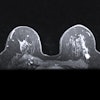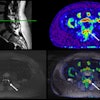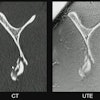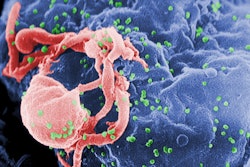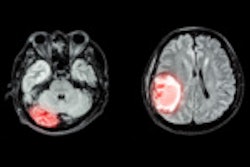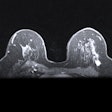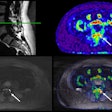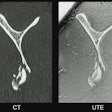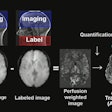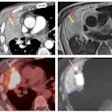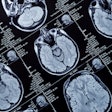 Cornelia Laule, PhD
Cornelia Laule, PhD
SINGAPORE – Quantitative MRI techniques offer valuable insights into diverse pathological processes underlying multiple sclerosis (MS), with these techniques poised for clinical use, according to a leading expert.
In a May 4 presentation at the International Society for Magnetic Resonance in Medicine annual meeting in Singapore, Cornelia Laule, PhD, of the University of British Columbia in Vancouver, gave an overview of quantitative MRI findings in MS and discussed how they are enabling a more complete understanding of the disease.
“Clinical MRI scans are very sensitive to damage within the [central nervous system]; however, conventional MRI measures such as lesion volume and brain atrophy do not fully capture the complexity and heterogeneity of MS pathology,” she said.
Multiple sclerosis (MS) is a chronic inflammatory disease of the central nervous system (CNS). While MS lesions may appear bright on standard proton density and T2-weighted MRI images, the underlying pathology can include edema, inflammation, demyelination, axonal loss, and gliosis, Laule noted.
Thus, there is a need for more advanced MRI techniques that can provide additional information on the metabolic and microstructural aspects of MS tissue pathology, clinical progression, and response to therapy, she said.
Specifically, techniques Laule focused on included the following:
- Magnetization transfer imaging: This technique examines the magnetization exchange between macromolecules and water and provides a marker of overall tissue integrity, with newer approaches such as inhomogeneous magnetization transfer more specific to myelin lipids, she said.
- Diffusion Basis Spectrum Imaging (DBSI): This is a new diffusion tensor imaging approach that may provide more specific information about tissue microstructure and inflammation and edema, Laule said. DBSI findings in MS lesions suggest increased cellularity and inflammation markers, and abnormal diffusion measures in normal-appearing white matter (NAWM) using DBSI point to pathological changes across the spectrum of MS, she noted.
- Quantitative Susceptibility Mapping (QSM): This measures the magnetic susceptibility related to iron and myelin content in tissues. In chronic MS lesions, increased susceptibility is observed, potentially reflecting iron deposition, and in NAWM susceptibility changes indicate demyelination and potential iron accumulation.
- Myelin water imaging: This approach separates the signal from water trapped between myelin bilayers (termed myelin water) and water in other physical spaces and yields a validated biomarker of myelin content called myelin water fraction (MWF). In MS lesions, MWF is heterogeneously reduced, reflecting varying degrees of demyelination, Laule said.
Ultimately, future directions include the clinical translation of these and other advanced MRI techniques through normative atlases, as well as addressing challenges such as standardization, reproducibility, and integration with other clinical and biological markers for personalized medicine approaches in MS, Laule said.
In closing, Laule noted that other researchers often ask her what technique is best to use for their studies in multiple sclerosis patients. She said the best approach is to use the techniques that work best in your system.
“So reliability, reproducibility, feasibility of analysis – those are all really important things to consider when you’re trying to pick which quantitative MR method or methods you might want to be using for your research study,” she suggested.
